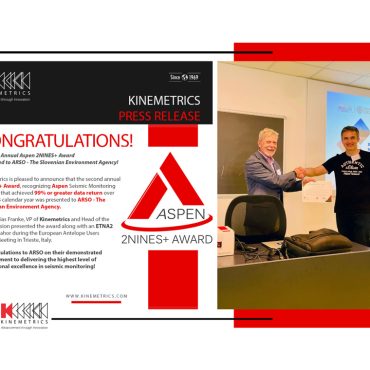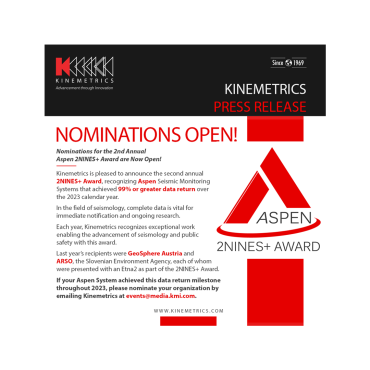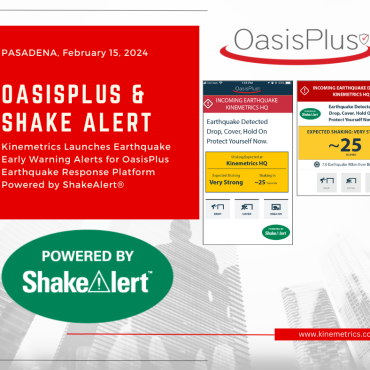NASA’s InSight Mars Spacecraft and Kinemetrics
How do you Measure a Marsquake?
At 4:05am PDT on Saturday, May 5th, NASA’s InSight spacecraft began its six-month, 300 million mile journey to Mars.
This mission carries several scientific instrument packages to study the interior of Mars by listening for “marsquakes”, measuring its heat output, and detecting the planet’s “wobble”.
One package called SEIS contains two seismometers. The larger Very Broad Band (VBB) seismic instrument was designed by IPGP (Institut de Physique du Globe de Paris) and the French Space Agency CNES.
A smaller Short Period instrument called SEIS-SP that uses a silicon micro-machined sensor was developed by Imperial College, Oxford University and Kinemetrics. This MEMS-based instrument has a higher frequency response than the VBB, and is intended to detect any local events when the instrument reaches Mars on November 26th of this year. Prof Tom Pike from Imperial College London led the team that supplied the seismometers for the two-year mission to Mars.
The successful launch of the InSight spacecraft was viewed by 1500 VIPs, including Kinemetrics’ own Ian Standley.
“Unfortunately, we saw very little, as a coastal fog bank hid the launch entirely from us”, described Standley. “We were able to see the rocket lift-off on the large TV screens that NASA had thoughtfully provided. About 35 seconds later, we heard the rumble, and felt the ground shake beneath us from the launch. Being with the 1500 people who had worked so long and hard to make this a reality was a really magical experience. The cheer at the launch was almost as loud as the rocket rumble!”
Deploying sensors to Mars introduces a unique set of challenges. Surviving the launch alone is something beyond most seismometers, as the mechanisms are much too delicate.
Apart from their work on the initial concept, Kinemetrics helped overcome this by providing a design for the sensor’s feedback electronics using components suitable to survive the harsh environment the sensor will face during its journey to Mars and on the Martian surface.
Mr. Standley shared his excitement in participating in the InSight project. “So, now something I designed is no longer on Earth. Hopefully it will land successfully on Mars in six months, and we can see our first Marsquake!”





